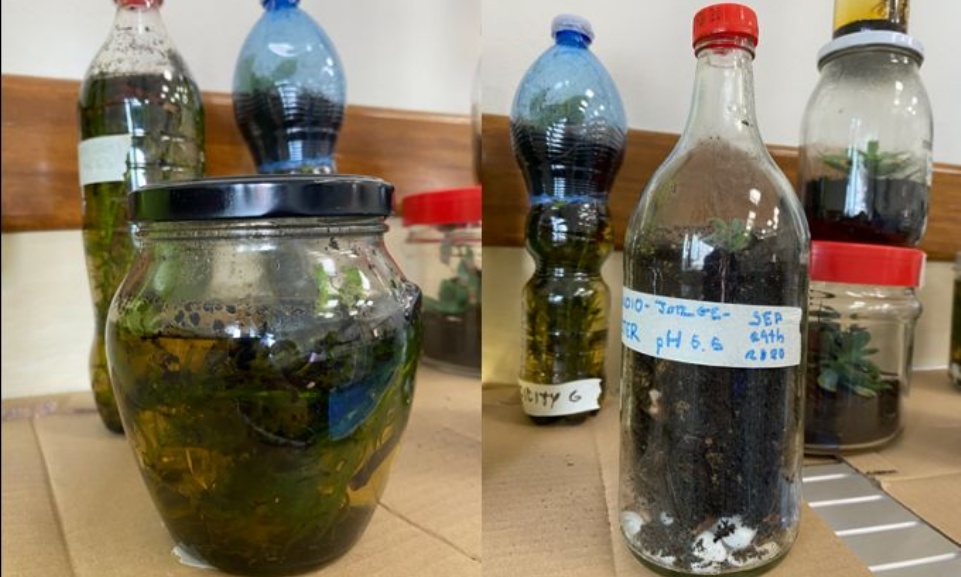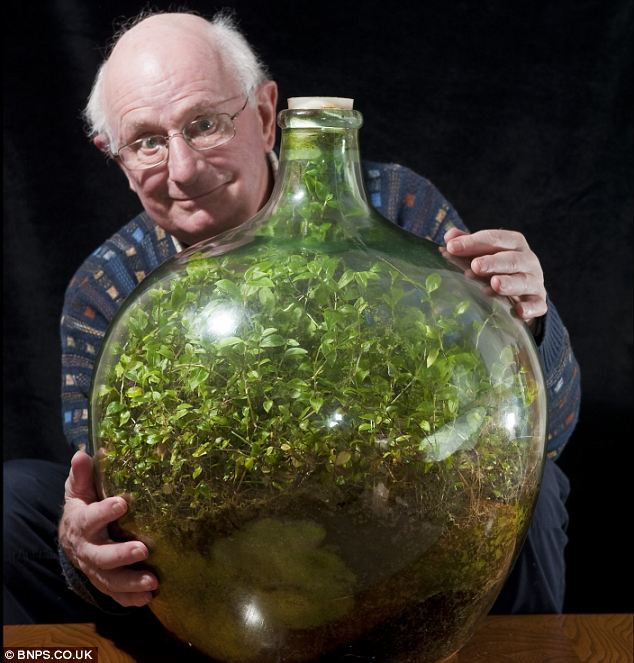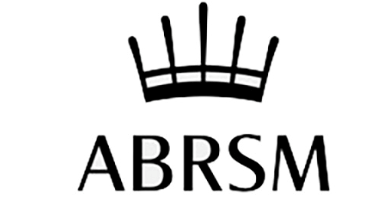Learning From a Mesocosm

Bringing the Outside Environment Into the Classroom
At CSM we aim to teach our students how they can affect real change and be responsible global citizens. Environmental education supports this goal by promoting ecological values and gives students the skills and knowledge to work together to find solutions to problems.
This term, the Grade 12 Biology students built Mesocosms giving them a chance to directly observe and understand how different variables can affect the environment and global warming.
A mesocosm is a model of a larger ecosystem where observations can be made on the changes that happen in a controlled environment. In this experiment, the students will study the effects of sunlight on the PH levels of the soil and plants. Later on in the project, the effects of global warming will also be observed by placing the mesocosms in locations with higher or lower temperatures.
So far, photosynthesis has been observed in both the aquatic and terrestrial mesocosms that were placed in daylight – in the aquatic environment the photosynthesis was observed by the production of bubbles, and in the terrestrial environment it was observed by the production of water vapor. This has shown that, even though the plants are sealed off from the outside environment, the plants are able to produce their own food and oxygen which are needed for survival and allow the experiment to continue over the next month.
In a few weeks, the students will test the PH levels of the soil and compare the mesocosms to the matching ones that have been placed in a dark room.
Fun fact!
Click here to read about a mesocosm that was last watered in 1972 is still thriving in its own sealed bottle.






